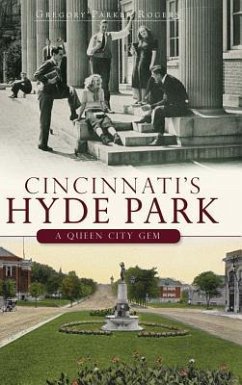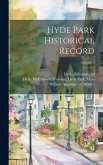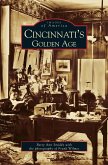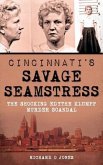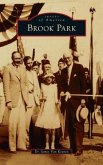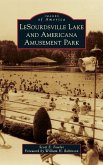First settled in 1795, Hyde Park was an area of great estates and small and large farms until 1892. That's when the seven-member Hyde Park Syndicate capitalized on new transportation connections to downtown as a means to sell their property as smaller parcels. Designed to be upscale, the neighborhood attracted people looking for a suburban experience in an urban setting. This history introduces influential figures, including eventual Ohio governor Myers Y. Cooper, the Kilgour brothers, Levi Ault and Senator Joseph Foraker. It explains the development of Hyde Park Square and the community's streets, schools and churches. Readers will rediscover lost places, like the Grandin Bridge, Rookwood, the Pines, Belcamp and the Hermitage.
Bitte wählen Sie Ihr Anliegen aus.
Rechnungen
Retourenschein anfordern
Bestellstatus
Storno

